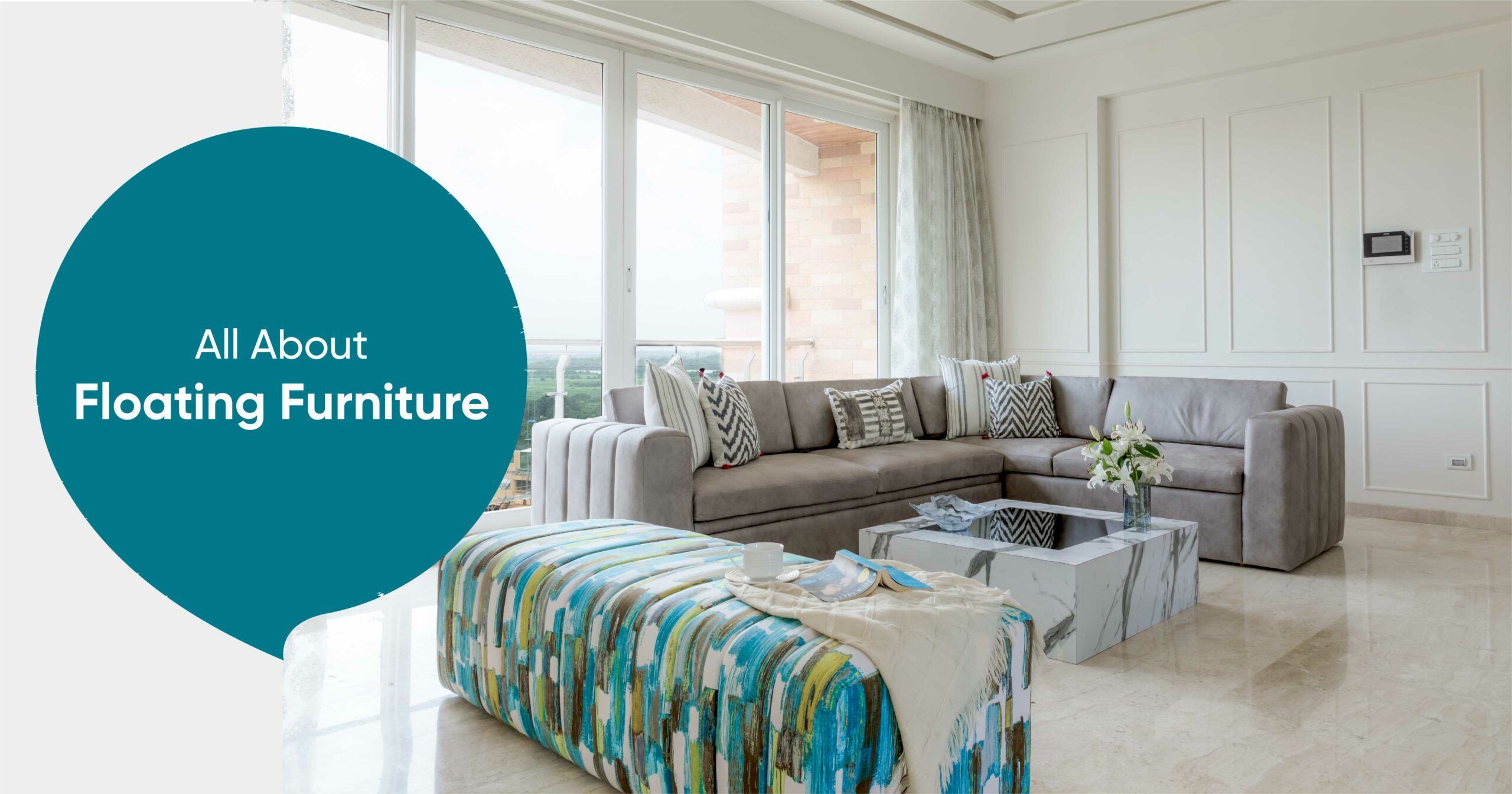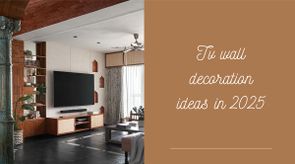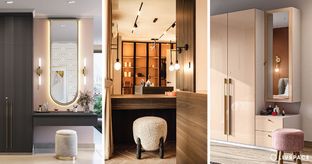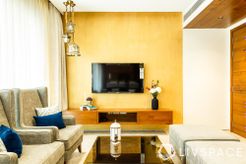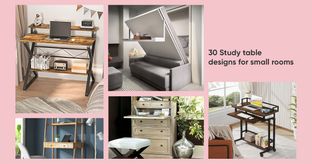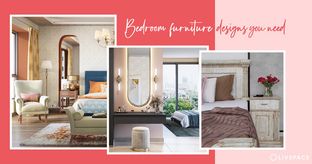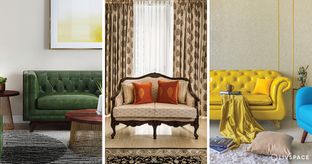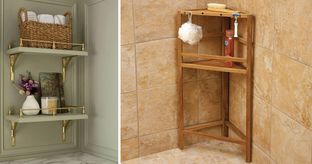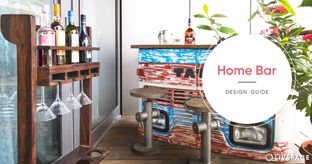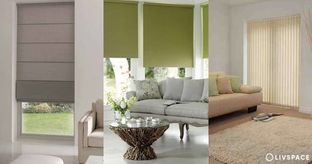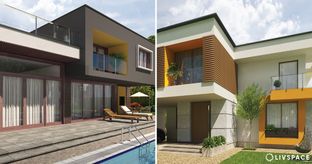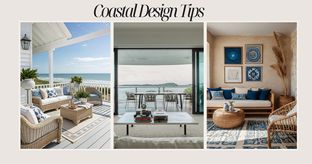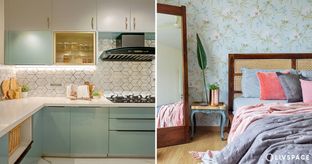Floating furniture might sound like something out of a children’s novel about magic, but there’s nothing fantastical about it. It’s clever, though. Here’s a guide post to help you decipher this decor trick that’s known to make smaller rooms look bigger and less cramped.
What is Floating Furniture?
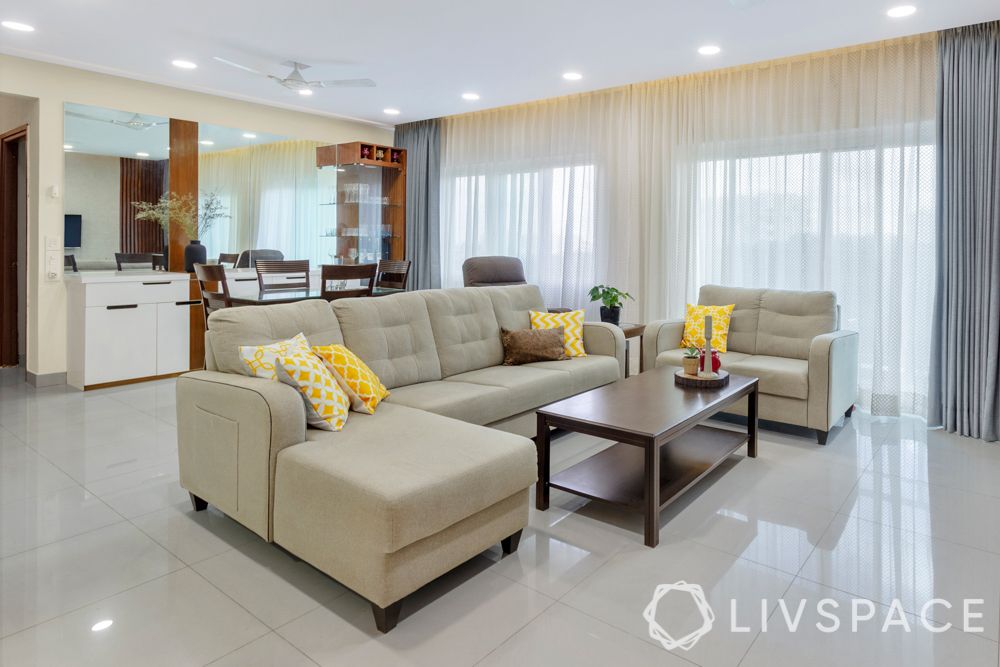
Floating furniture is the process of moving all your furnishings unto the centre of a room, leave a foot or so of space between them and the walls. This results in an island of furniture anchored only to the floor space it occupies and no walls. It’s an efficient use of square space but, most importantly, the extra space you leave behind the furniture looks intentional– as though you actually had that space to spare.
Pros and Cons
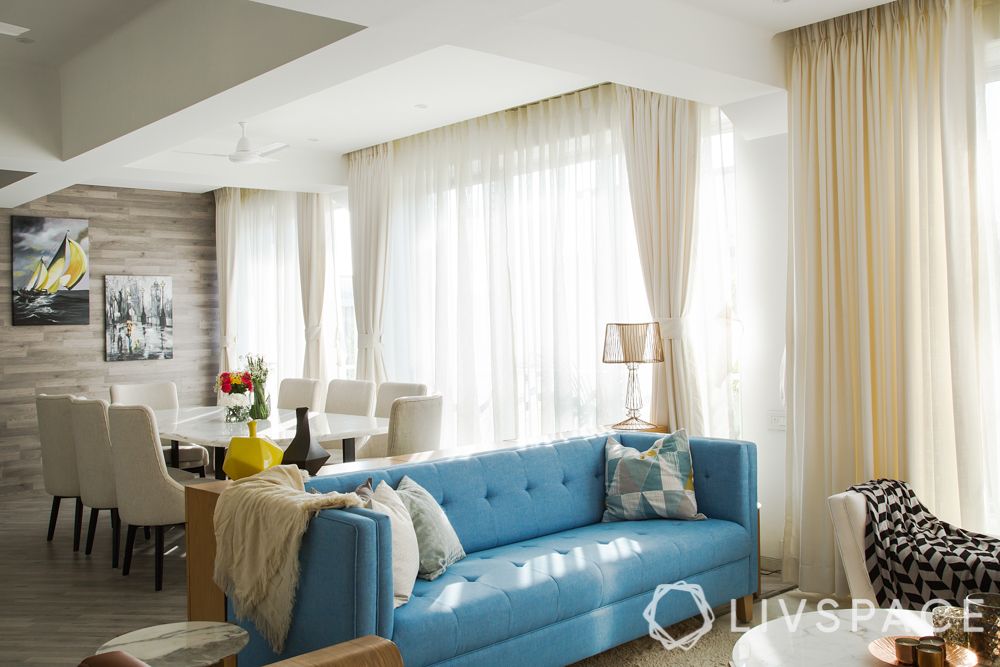
Pros of Floating Furniture #1: More Space for Movement
Pushing furniture onto the walls restricts the flow of traffic to within the furniture setup. Floating furniture, on the other hand, allows people to move in and out, making movement less cumbersome and more natural.
Pros of Floating Furniture #2: The Illusion of More Space
Leaving a perimeter of space around furniture creates the illusion of that space being intentionally unused. This, in turn, makes it seem like there’s a lot more square footage to boast of than in reality.
Pros of Floating Furniture #3: Creating Intimacy
In living rooms, a floating layout serves better to institute a space for meaningful conversations. This works best if you’re looking for catch-ups rather than formal discussions. Designers recommend no more than 8 feet of distance between people while chatting. And this furniture trick allows you to maintain the distance! Overall, it also makes the room feel much cosier and welcoming.

Cons of Floating Furniture #1: Heavy Furnishings Can Ruin the Effect
If your home has heavy furnishings, chances are the essence of a floating layout is somewhat missed. This is because such a layout also relies on the flow of light and air– something that heavy furniture can block. To effectively carry out this designer trick, it’s best to have furniture with thin legs and slender frames so as not to visibly block light and flow.
Where to Use Floating Furniture
#1: Bedrooms
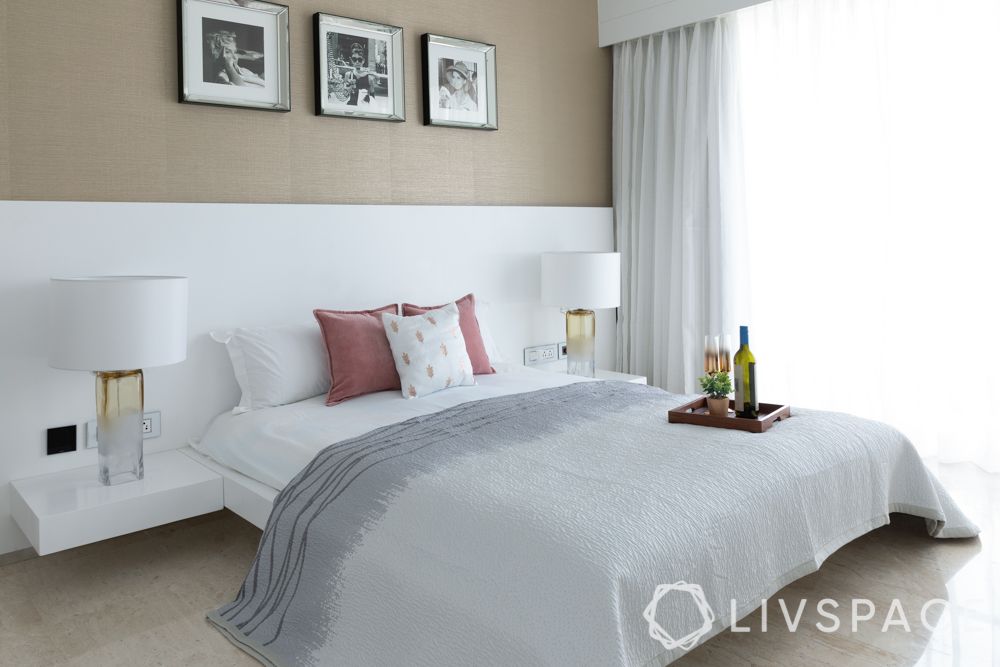
Floating furniture can make a bedroom seem bigger yet much more welcoming. Petite writing desks, beds that don’t sit heavily on the floor, and tall vanities are ways to incorporate this trick while also expanding the room.
#2: Living Rooms
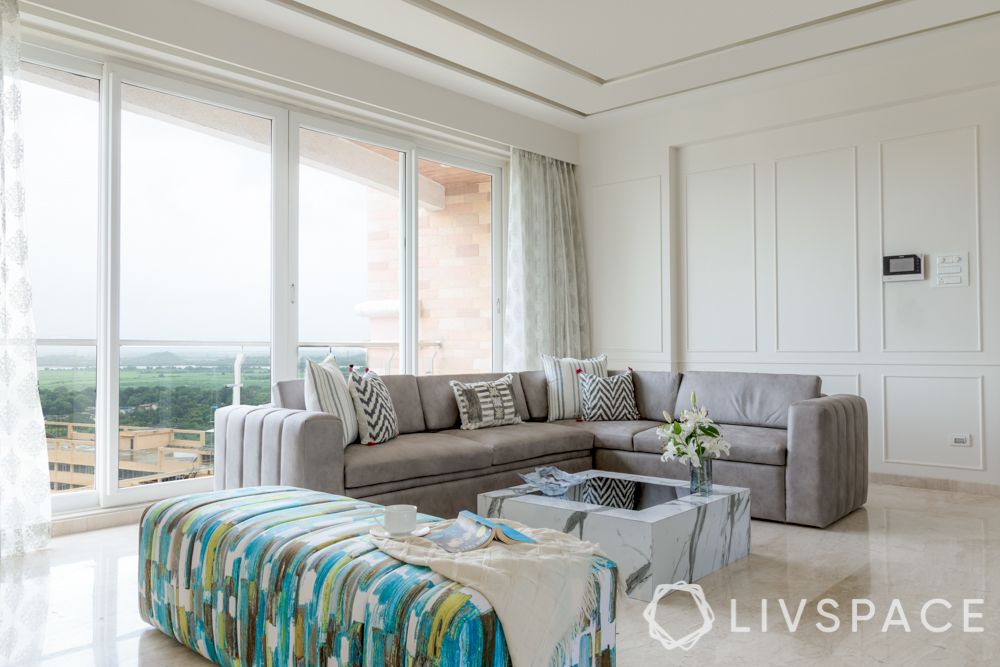
Moving a grouping of furniture into the centre of your living room can open up the space. But what if you don’t have enough square footage to maintain an 8-foot distance? Consider placing coffee tables and side tables that aren’t visually bulky to achieve the effect. Blocky sofas can still be floated, but sinewy sofas even more so.
#3: Dining Rooms
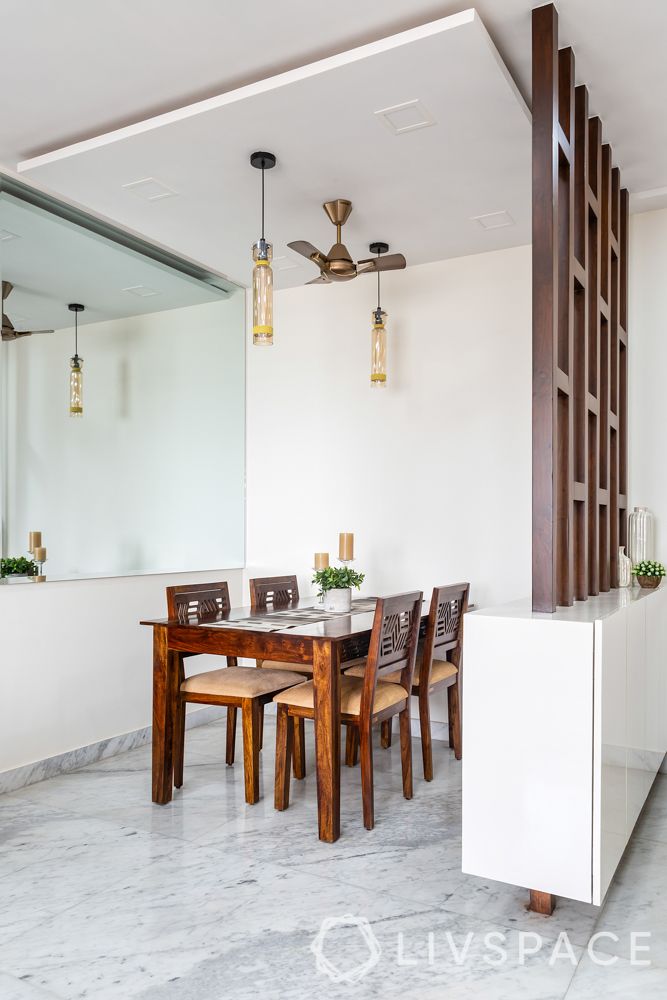
You can incorporate the floating furniture trick into a dining room by way of moving the dining table to the centre. This creates space for movement all around the table and, since it’s not tucked into a corner, makes the table a more atmospheric place to eat at.
Such a layout is an ingenious way to go about balancing functionality, warmth and style in compact homes! However, if you want Stylish & Space-Saving Designs for Compact Homes, we’ve you covered!
Send in your comments and suggestions.

